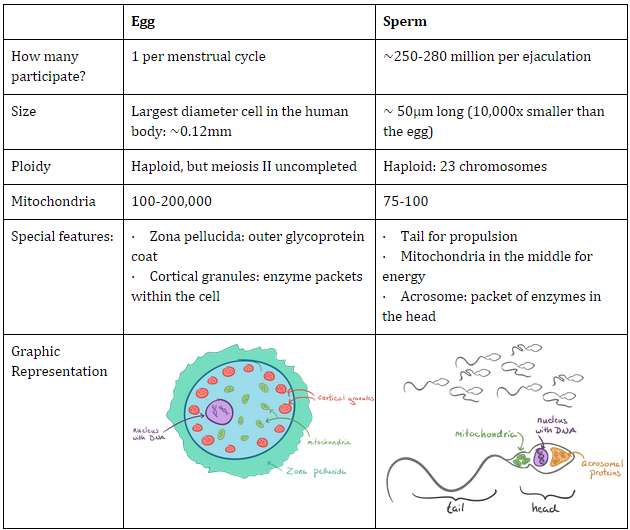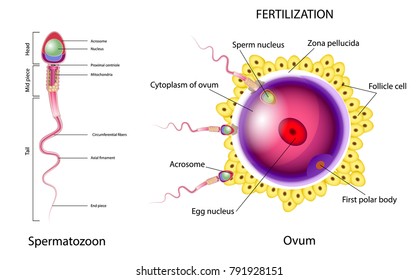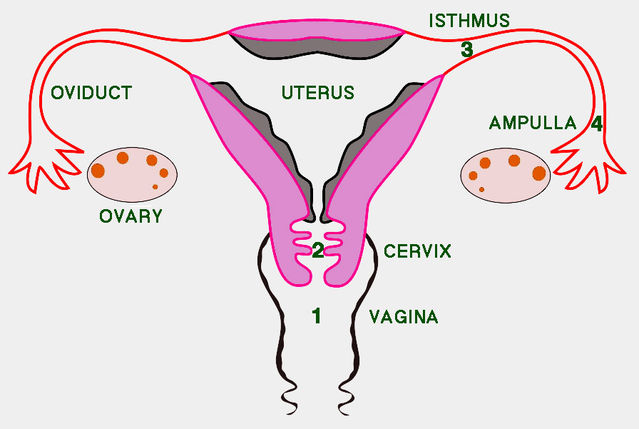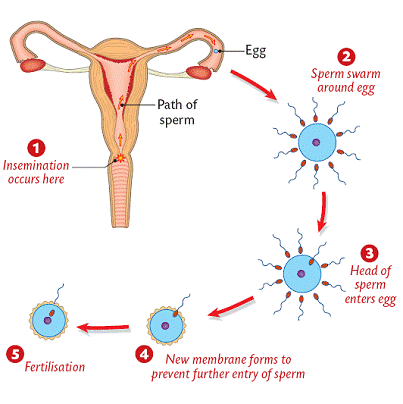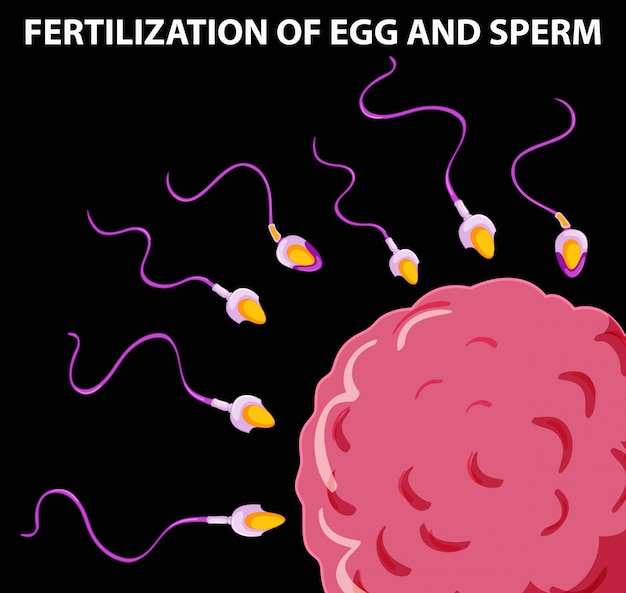Diagram Of Sperm Meeting Egg

Of the millions of sperm only a few hundred even come close to the egg.
Diagram of sperm meeting egg. And then material the genetic material of the sperm is transferred. Sperm can live for up to 48 to 72 hours. For the few sperm that get near the egg the race isnt over. Something magical is about to happen.
Egg and sperm travel in opposite directions to meet in most often the fallopian tubes. Meeting the egg only a few dozen ever make it to the egg. After these five steps are accomplished the haploid sperm and egg nuclei can meet and the reactions that initiate development can begin. Watch as the ovulation process occurs and then millions of sperm swim upstream on a quest to fertilize an egg.
This means that even if there is no egg in the tube when you have intercourse if it occurs one week before ovulation and the sperm is still alive when the egg is released the sperm could meet the egg anyway. Sperm binds to the zona pellucida the glycoproteins you have an acrosomal reaction and then a cortical reaction prevents more than one sperm getting in. Only a few hundred will even come close to the egg because of the many natural barriers that exist in a womans body. And then the process of egg meeting sperm itself is called fertilization.
The sperm start swimming upstream in the womens reproductive tract toward the fallopian tubes. The time it takes for sperm to reach an egg is very variable some may reach their target in half an hour while others may take days. Fast swimming sperm can reach the egg in a half an hour while others may take days. During ovulation ovaries release an egg into one of the fallopian tubes and the egg proceeds down the tube toward the uterus which is being prepared for possible implantation.
Each one has to work frantically to penetrate the eggs outer shell and get inside before the others. Sometimes steps 2 and 3 are reversed as in mammalian fertilization and the sperm binds to the egg before releasing the contents of the acrosome. An egg can survive for 12 24 hours but sperm can live up to 5 days or even longer inside the womans body. When that sperm meets the egg their genetic material chromosomes combine to form 46 and the fertilized egg zygote beings to rapidly divide into a blastocyst.
Fusion of egg and sperm cell plasma membranes. The rest get trapped lost entering the wrong fallopian tube or passage or die along the way from exhaustion.


